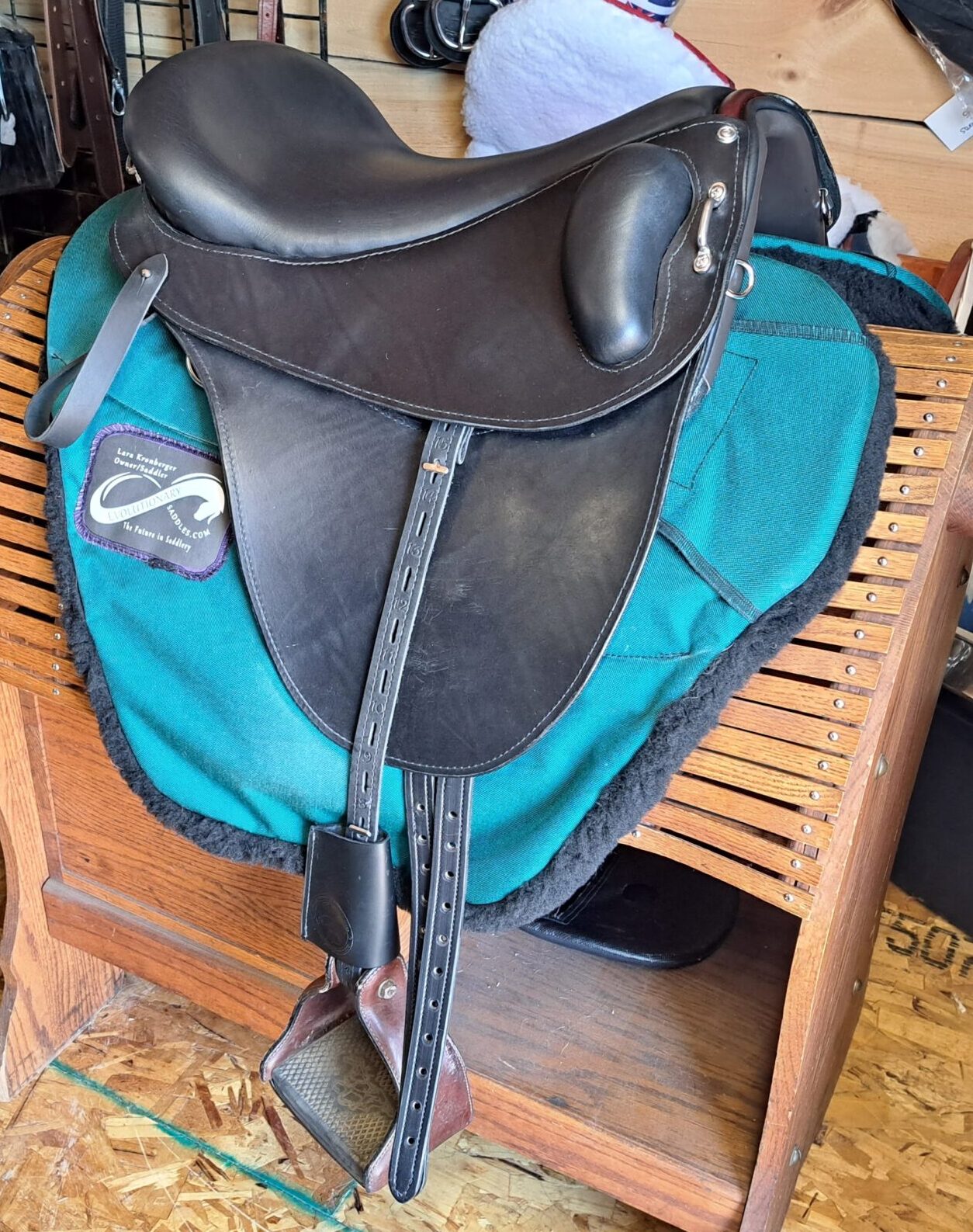
If you’ve ever spent months—or even years—searching for a saddle that actually fits your horse, you know the feeling. The frustration. The second-guessing. Even the guilt, wondering if you’re doing something wrong.
Many riders come to me after trying saddle after saddle, each one leaving pressure points, white hairs, or a horse that refuses to move freely. Some spend thousands of dollars, chasing a solution that always seems just out of reach.
It’s not just about money—it’s about your horse’s comfort and the emotional toll it takes on you. You want to ride without worry. You want peace of mind that your partner isn’t hurting. And you want confidence that you finally made the right choice.
Why Saddle Fit Is So Complicated
Here’s the truth most riders aren’t told:
- Most saddles are still built to one variation of the “standard” tree shape, even though horses come in endless varieties.
- Gaited breeds, mules, Arabians, and even broad-backed Quarter Horses often don’t fit that mold.
- Horses change shape with age, conditioning, and season. A saddle that “worked” last year may now cause pain.
- Many designs are focused more on tradition or style than actual equine biomechanics.
So if you’ve struggled, it’s not because you’re doing anything wrong. It’s because the saddles themselves often aren’t built with your horse in mind.
A Different Approach
That’s where Evolutionary Saddles come in.
Instead of forcing your horse into a rigid design, these saddles adapt to your horse.
- Flexible panels move with their body, reducing pressure points and encouraging free movement.
- Custom fitting options ensure a match for both horse and rider.
- The fitting-first process guarantees the saddle is chosen for your horse’s real shape—not for tradition’s sake.
This isn’t about selling “just another saddle.” It’s about solving the struggle so both you and your horse can move forward in comfort and confidence.
Stories from the Barn
Every rider who comes to me carries a story.
- A sweet mare who pinned her ears every time the saddle came out.
- A gelding who refused jumps—not out of stubbornness, but because he was hurting.
- A trail horse who grew spooky and sour, simply because every step caused discomfort.
When we finally found the right fit, the transformation was immediate: soft eyes, a willingness to move, and riders who could finally breathe again.
Because when the saddle fits, everything changes—the ride, the bond, the partnership.
Moving Forward
If you’ve been living this saddle struggle, you’re not alone—and there is a better way.
I invite you to learn more about how my saddles work, the fitting process, and why so many riders finally found peace after years of searching.








